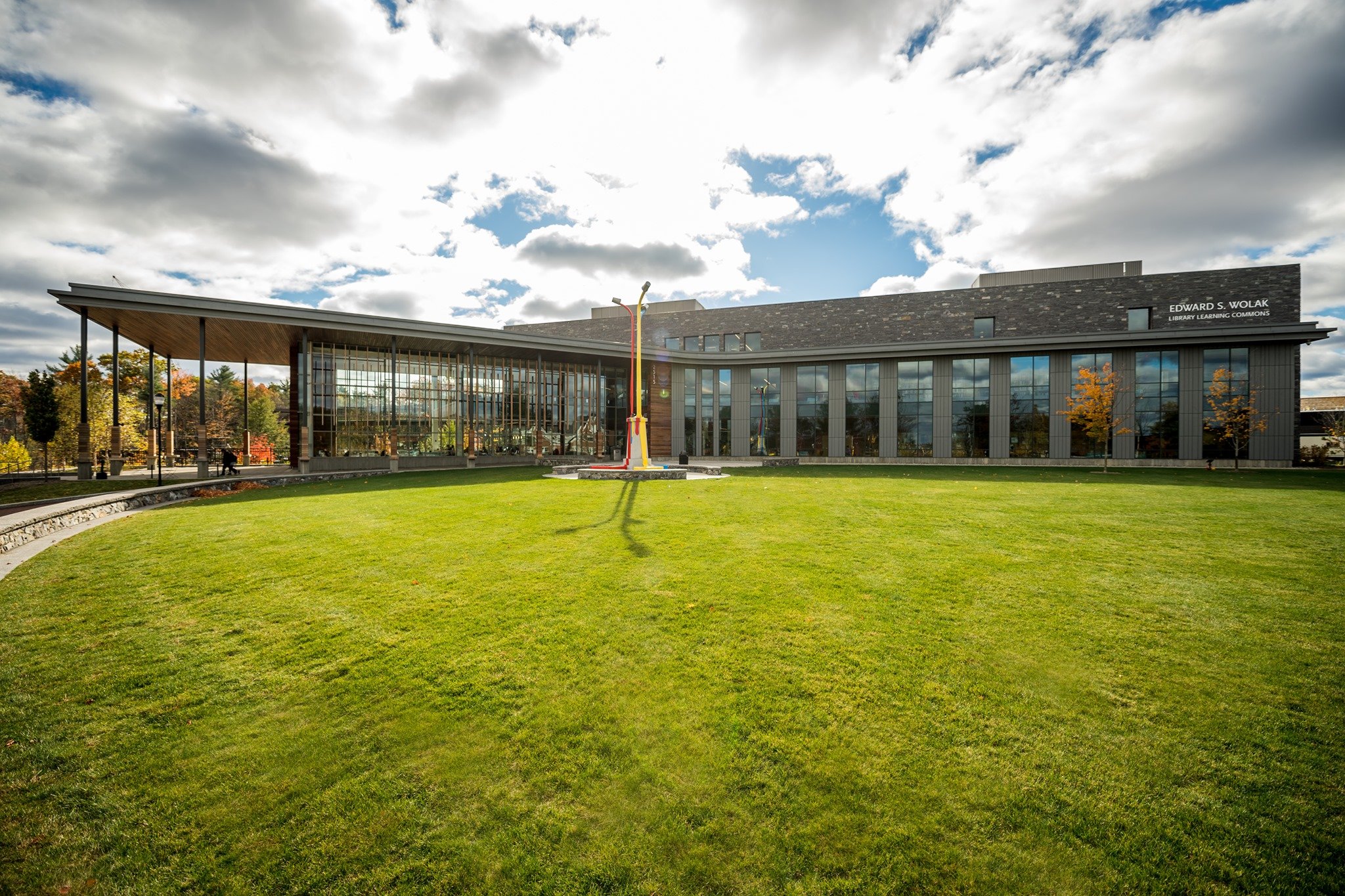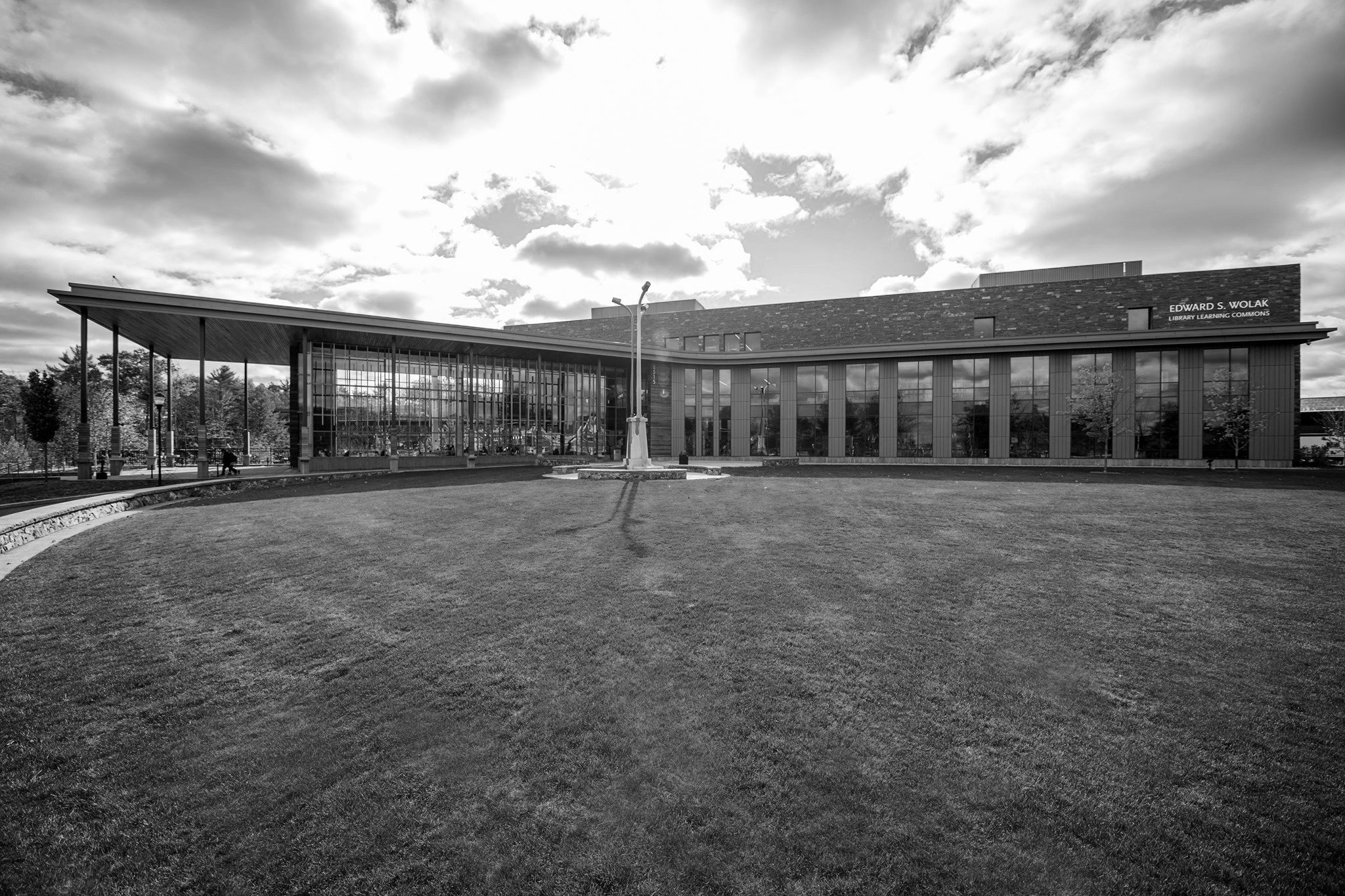
Southern New Hampshire University
An enterprise integration case study
Accelerated Integrations with Lingk
Challenge
SNHU with 150K+ learners is migrating from Ellucian Colleague to Ellucian Banner in the Cloud. They already use Mulesoft for API integration of some core systems but wanted a faster and more cost-effective way to modernize their flat-file integrations.
Solution
“The power of Lingk Ultimate File Generator allows us to pull SQL statements, format the file into CSV or XML, put data in all the right columns, schedule and ship all in one recipe. With Lingk, once the recipe is built, any maintenance can be done without touching any of the reusable APIs, which cuts back on programming for a lighter-weight kind of maintenance approach.”
SNHU is using the Lingk platform as well as professional services to speed up the delivery of a better student experience at a cost-effective price point.
“Lingk had the right answer at the right time. So, it made a lot of sense.”
— Toby Carroll, Director of Development and Integrations, SNHU
The ultimate file generator
The Banner project is the first use case for the ultimate file generator. As Carroll explained, there are a number of reasons to use it. “When we have a lot of systems on flat files, we can reproduce them whether or not they have the capability of going to APIs. We’ll put the files on a ‘conveyor belt’ into the integration system to get them done and move forward. Then we can go back and pick and choose which ones we want to dig deeper into and make longer lasting with connections to an API structure.”
And what about Salesforce? “The SNHU-BUS was created for Colleague-to-Salesforce integration,” explained Carroll, “so, by leveraging Ethos and Mulesoft, over 75 APIs with real-time notifications are sent currently to Salesforce.” That means Lingk integrations are already powering some data and APIs that go into Salesforce. “What the terms are and how they are formatted will change, and that’s going to cause a reworking of Salesforce. But the green wire to the green wire will still be there,” he added.

Watch SNHU Explain how Lingk Accelerated Integrations
Working in a V.U.C.A. environment
“We live in VUCA environment: volatile, uncertain, confusing and ambiguous,” Carroll said. “That means at any time someone can come up with new program and say that we are doing this now, so there’s another use case for Lingk that lends itself to that.”
According to Carroll, if this happens, they may only have a short period of time to transition. So, rather than pulling inconsistent data out of the database or piggybacking on some other integration where the data is not accurate or on time, the development group can use Lingk to deliver a hybrid approach, a snapshot of real-time data, through the flat file system.
“To do that, we are using Microsoft Azure Cosmos, an unstructured database that we are sending change notifications to through the BUS. We are using all the reusable APIs feeding the database, which keeps the current state of not just Banner but any other system or record that we feed into it,” explained Carroll.
“The power of Lingk also allows us to pull SQL statements, format the file into CSV or XML (whatever the case may be), put data all the right columns, schedule and ship all in one recipe, and it’s done, he added. “With Lingk, once the recipe is built, any maintenance can be done without touching any of the reusable APIs, which cuts back on programming for a lighter-weight kind of maintenance approach.”
Developer skills and resource needs
While the existing developers under Carroll now have some capacity for working with Lingk, there are a couple of phases for building capacity. “Initially, we will be dependent on Lingk to do the majority of work for us,” he said. “Because most of the team is dedicated to the larger Banner project, we don’t have the resources to invest. For phase two, there will be a handoff, and we will operationalize Lingk.”
Today, Carroll’s internal program manager for integrations is in charge of getting Lingk on-boarded process and technology-wise into the environment. “We’ve found that because we’ve added resources, we don’t have the QA to support them because they are supporting other things,” he said. “We will be bringing in QA resources specifically to work with Lingk throughout the Banner project, which is tricky because we are changing underlying data. We will have developers here to write the integrations, and if it’s SQL, it’s pretty much straightforward because it’s more about knowing the data model. I don’t see a big learning curve with the programmers we have now.”
A bright future with Lingk
SNHU is in the midst of an overarching, multi-year implementation project with more than 25 integrations planned. Today, Lingk is partnering with the university to leverage the ultimate file generator to manufacture and test pre-production integration recipes (think content or templates). With Lingk, everything will be in place when SNHU flips the switch at project completion.
“When we move to Banner, it’s not so much that the integration itself will change but the content, or Lingk recipes, of the integration will change,” concluded Carroll. “Hopefully someday, we can get some automation involved for monitoring and logging and that kind of thing. It looks like all those possibilities are there.”


